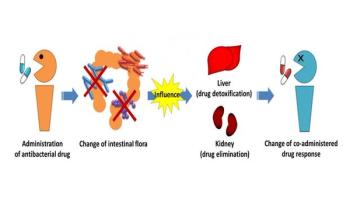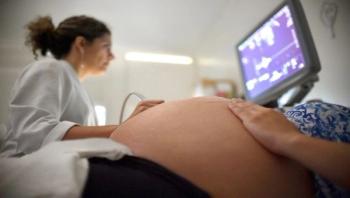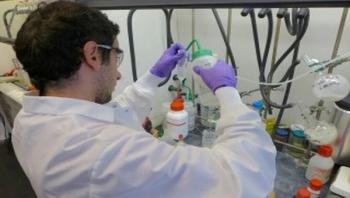
News





Intestinal flora has multiple influences on human health, but researchers have revealed that it is also likely to have an effect on the body's response to drugs. Recent research from Kumamoto University in Japan strongly suggests that changes in the intestinal flora, caused by antibacterial and antibiotic drugs or individual differences between people, may have an effect on a person's response to drugs including side effects. The research focused on the changes in proteins due to the condition of intestinal flora that affect the response to drugs in the liver and kidneys.






A method for "silencing" RNA that emerged from a University of Wisconsin-Madison spinoff company is in clinical trials in Europe, Asia and the United States against hepatitis B, an infection that can destroy the liver.




With Zika sparking anxiety at the Summer Olympic Games in Brazil, and now being transmitted in Florida through contact with mosquitoes, accurately mapping the distribution of the virus is increasingly urgent. Accounting for a host of often-overlooked drivers of transmission, a team of University of Kansas researchers has mapped Zika risk around the world with unprecedented resolution while considering more factors than previous models.











Scientists at the Scripps Research Institute (TSRI) now have a high-resolution view of exactly how the experimental therapy ZMapp targets Ebola virus. The new study is also the first to show how an antibody in the ZMapp "drug cocktail" targets a second Ebola virus protein, called sGP, whose vulnerable spots had previously been unknown.



As infection preventionists (IPs), the Centers for Disease Control and Prevention (CDC)’s Guidelines for the Prevention of Intravascular Device Associated Infections have long served as the cornerstone of much of our policy development. When the SHEA/IDSA Compendium documents were released those too served as a source of guidance. What sometimes has been overlooked have been the Infusion Nurses Society standards which were updated most recently earlier this year and currently reflect the latest evidence based recommendations for all aspects of infusion therapy across all disciplines involved. To keep moving the needle beyond the status quo we need to expand our involvement beyond just hand and skin antisepsis (an over simplification of our role!) and help with all aspects of vascular access and infusion therapy to impact the overall quality of care for these prevalent devices.

Earlier this year, one of the most widely used resources guiding clinical practice for the infusion specialty received a major upgrade. The Infusion Nurses Society (INS) issued a revised Infusion Therapy Standards of Practice, incorporating five years’ worth of new data to establish the most current, evidence-based best practices in vascular access.